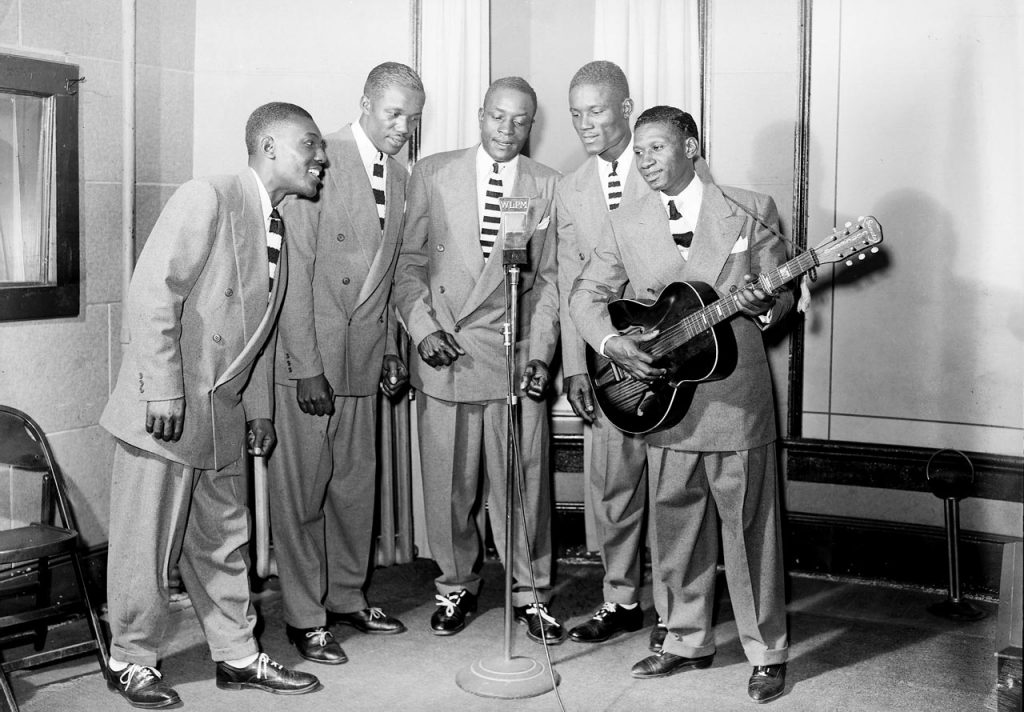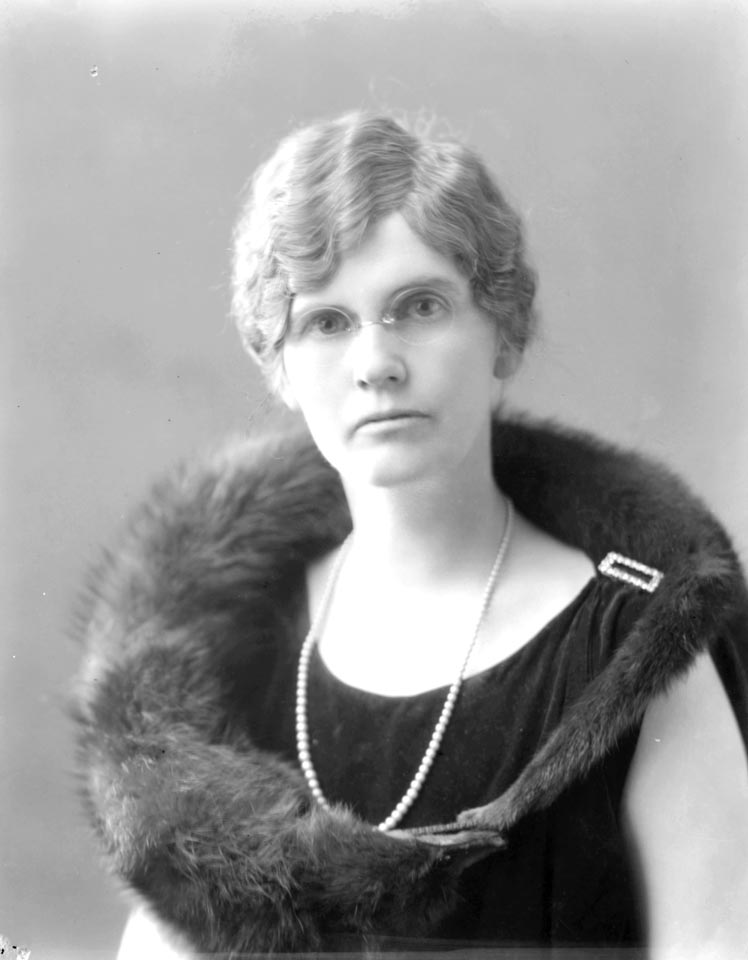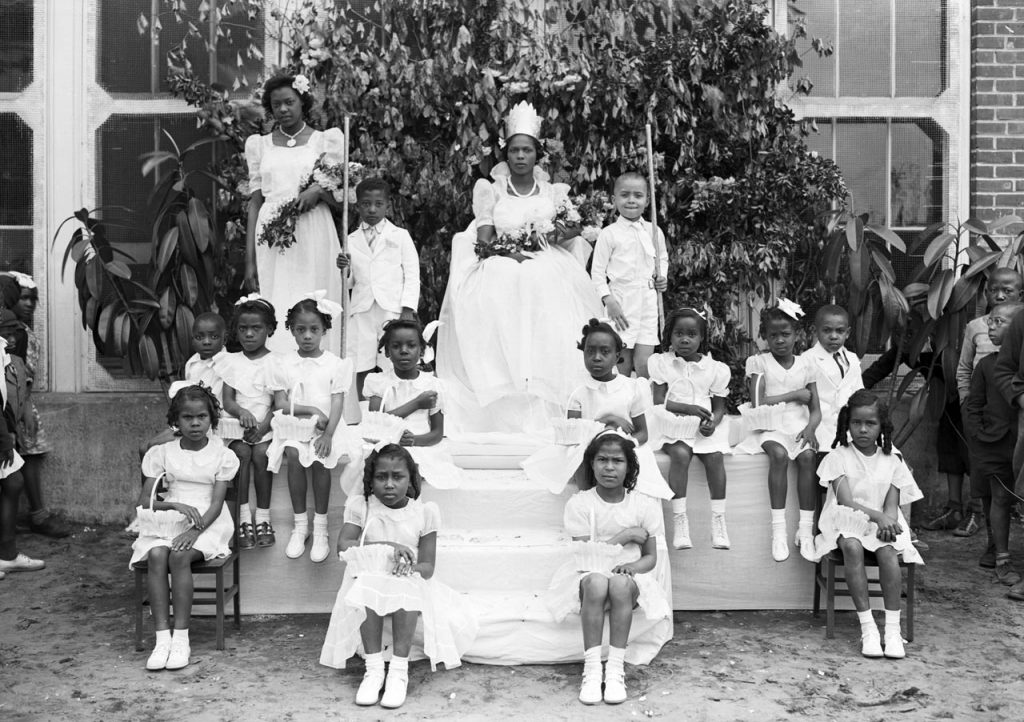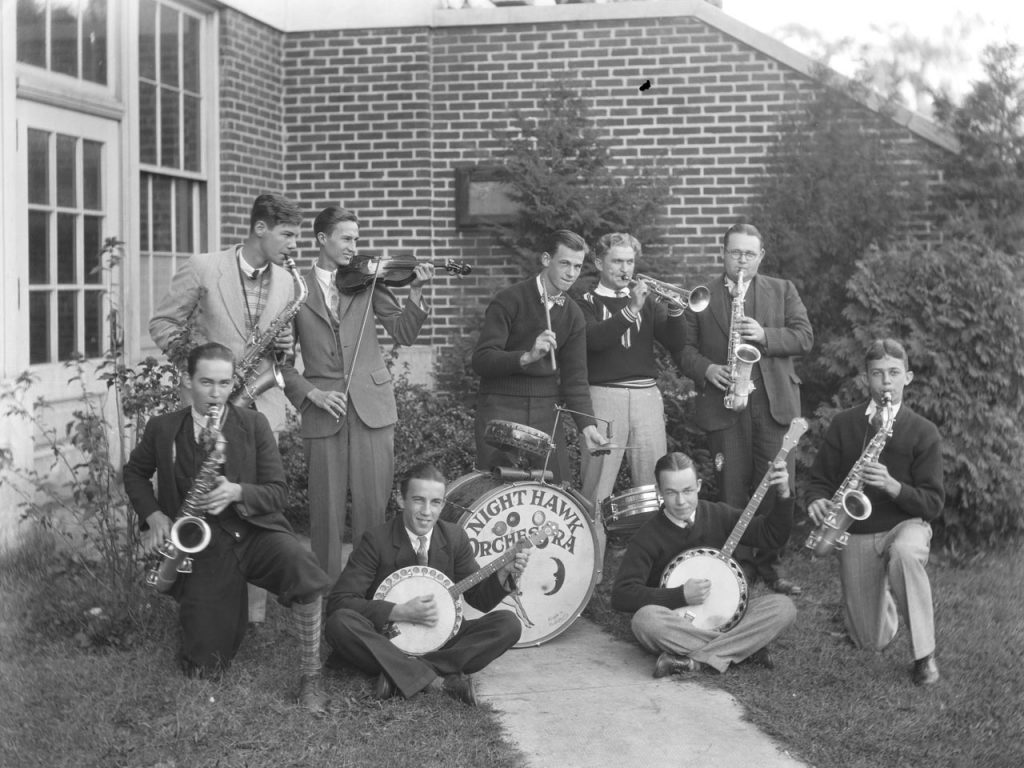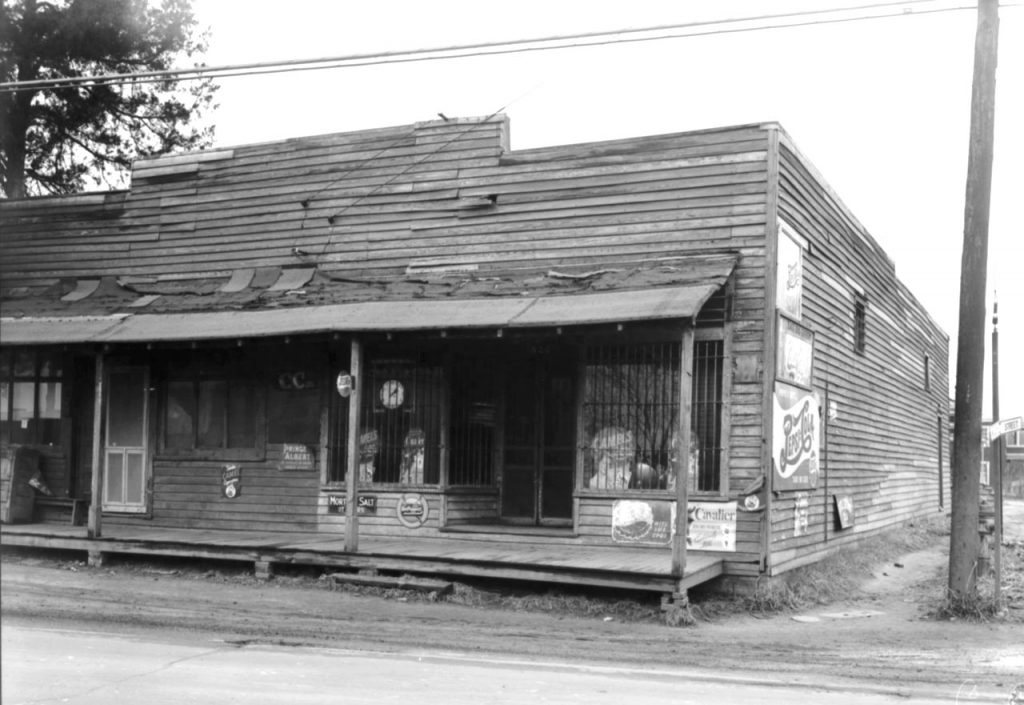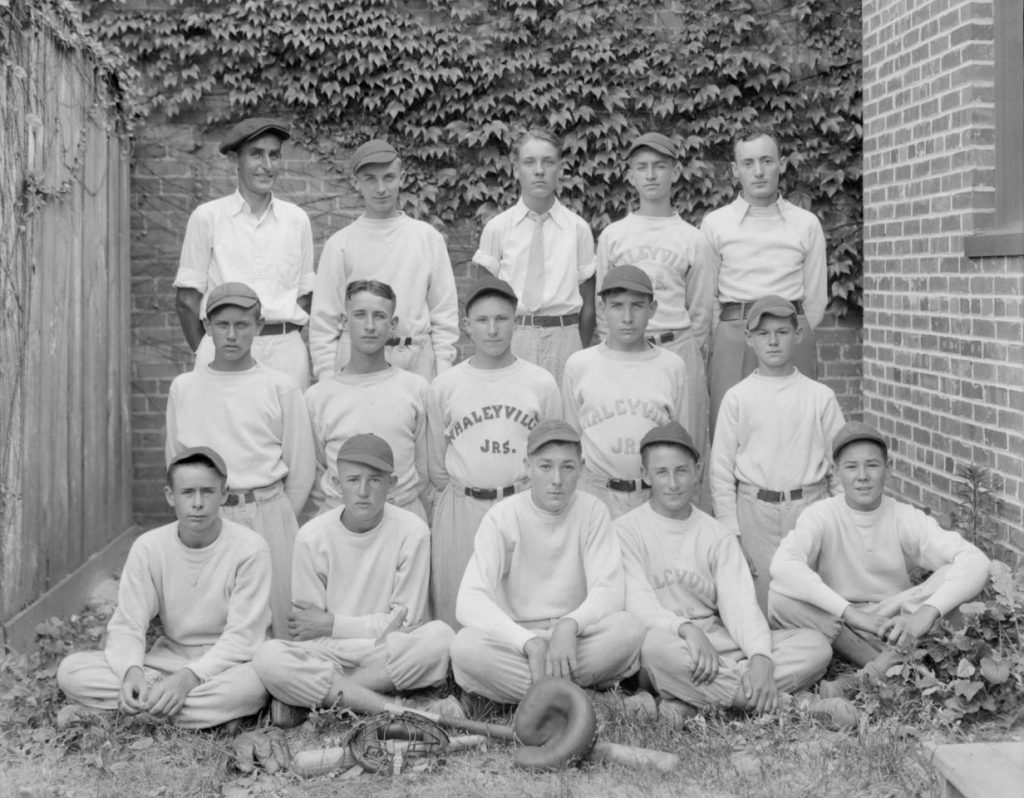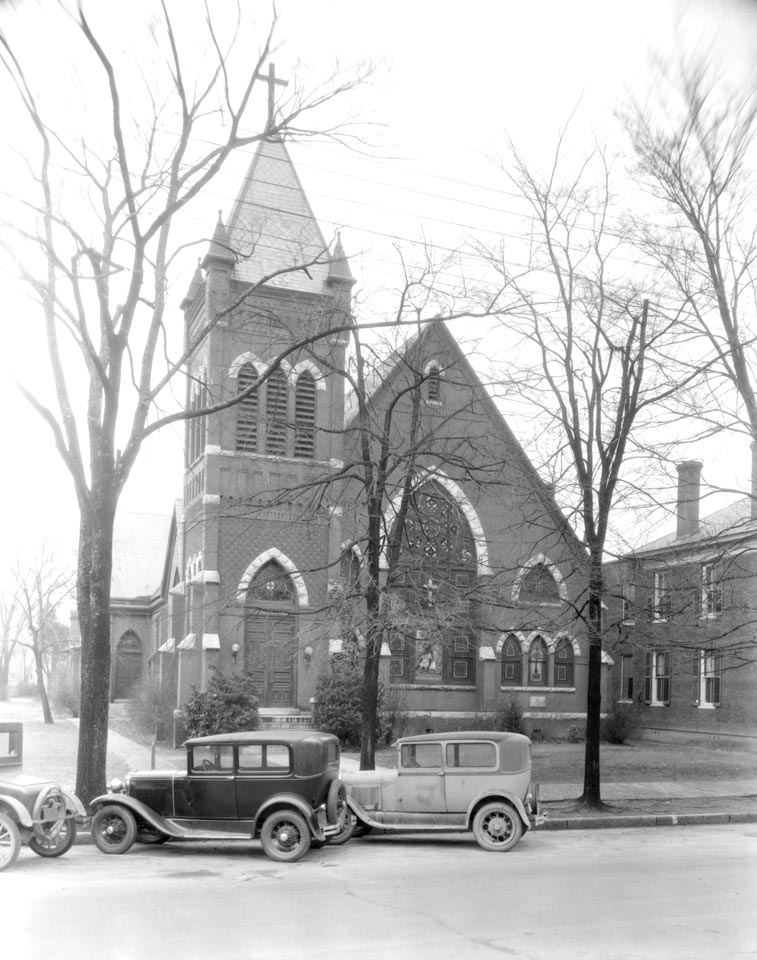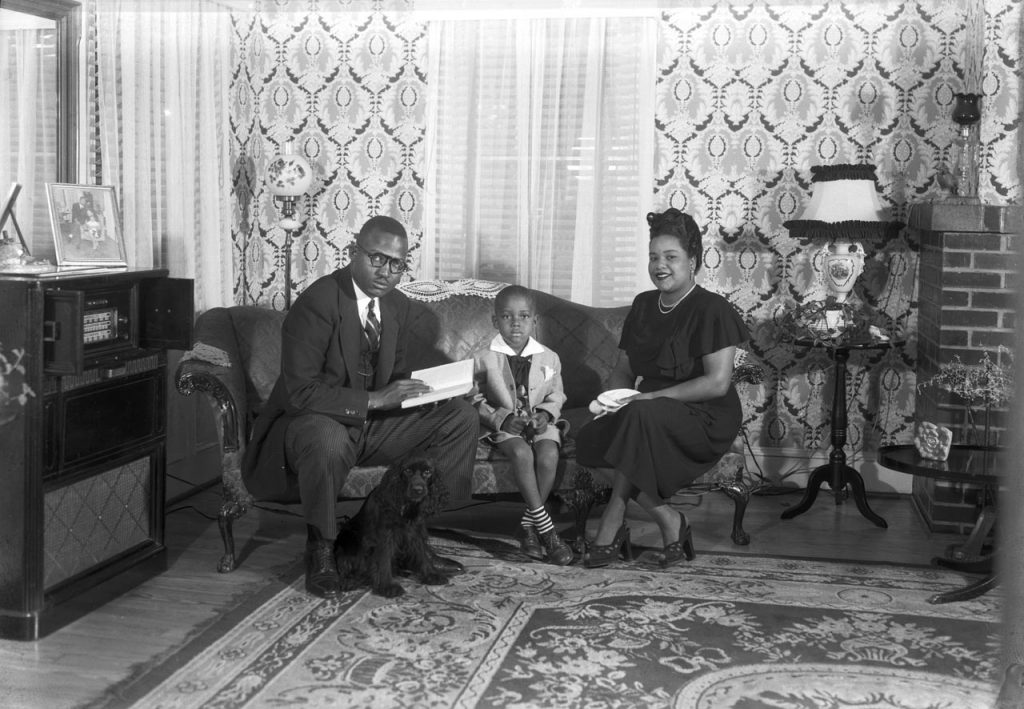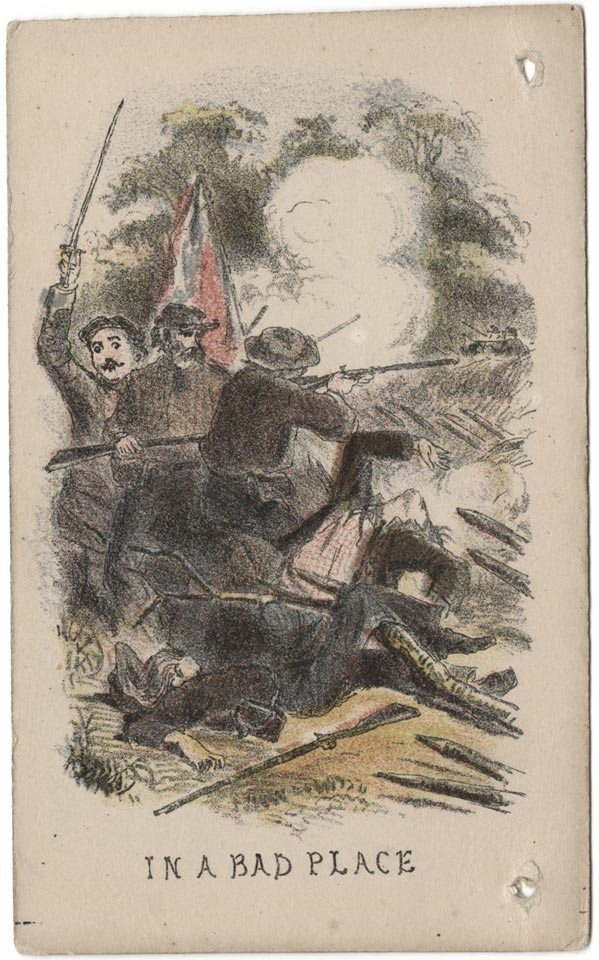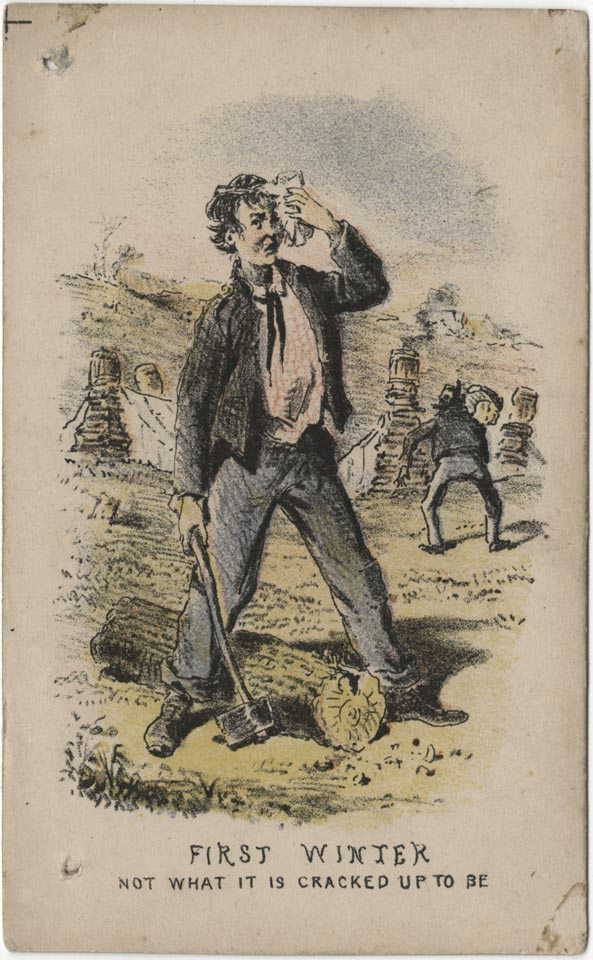Hampton Institute Photograph Album
C1: 134
ca. 1880–1890
1 album, 32 cyanotypes
In Hampton Roads, Virginia, 1868, the Union general and educator Samuel Armstrong (1839–1893) opened Hampton Normal and Agricultural Institute on the grounds of a former slave-holding plantation, with the stated purpose of “train[ing] selected Negro youth who should go out and teach and lead their people first by example… to replace stupid drudgery with skilled hands, and in this way to build up an industrial system for the sake not only of self-support and intelligent labor, but also for the sake of character.” The institute (today Hampton University) received its first Native American students, refugees from the Red River War, in 1878. Throughout the 1880s and 1890s, the date of these cyanotype images, the institute saw a dramatic increase in enrollment and course offerings, emphasizing not classical studies but practical experience in trades and industry, such as carpentry, clock making, printing, tailoring, bricklaying, and, of course, farming, as well as rigorous classes in mathematics and the sciences.
The cyanotypes suggest an artistic sensibility at work on the campus. All images appear to have been taken by the same photographer, probably a member of a student photography club, among which cyanotypes were popular because they were inexpensive and relatively easy to process. Imposing exterior shots of college buildings, most notably Memorial Church and Virginia-Cleveland Hall, contrast with more delicate images of dogwood blossoms, sailboats … Read the rest
Hampton Institute Photograph Album Read More »


